Dig underway at Dunnicaer, Scotland's oldest Pictish fort
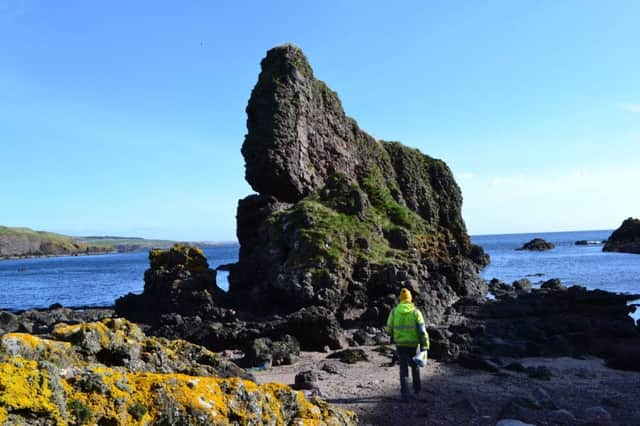

And when it comes to location, it doesn’t get more statement than this. This amazing drone footage from Robert Lenford captures archaeologists at work at the site of Scotland’s oldest Pictish fort on the Aberdeenshire coast.
Jutting into the North Sea just south of Stonehaven and rising around 30 metres above sea level is the sea stack of Dunnicaer, from where an influential figure – possibly a King – could survey the seas ahead and leave others in no doubt of his new-found importance.
Advertisement
Hide AdAdvertisement
Hide AdNow a small team of archaeologists from Aberdeen University have returned to the narrow, precarious site to further examine how people lived on this battered, rocky outcrop, and why they came to be here.
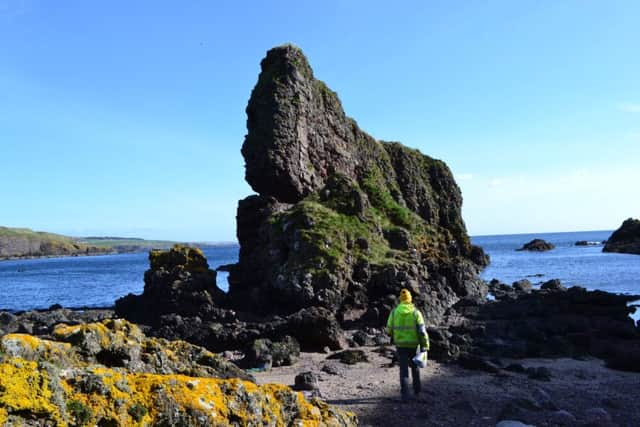

Access to the remains of Dunnicaer, part of which has fallen in the sea, is challenging with mountaineer Duncan Paterson deployed to take the team to the top.
By a mixture of scrambling, ropes and a ladder, the team arrive at the dig and remain there all day, the high tide now cutting them off from the mainland around lunchtime.
But there is work to be done and the team are well underway to understanding life at Dunnicaer, despite their tasks sometimes being conducted in snow, high winds and severe spring chill.
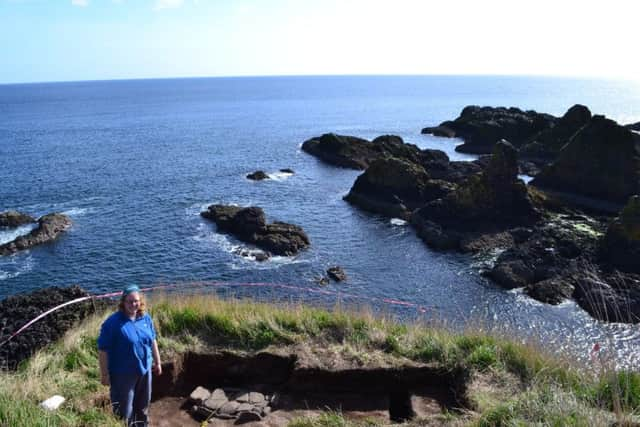

Carbon dating following last May’s dig placed the site around 300 to 400AD with recent finds now helping to piece together how this very early Pictish community lived.
The excavation of two building areas, an outer wall and a hearth has led to much excitement and puts a human presence very much at Dunnicaer, not least because burnt animal bones have also been found.
Advertisement
Hide AdAdvertisement
Hide AdArchaeologist Cathy MacIver, of AOC Archaeology, said it was as if the “last meal” at Dunnicaer had been found.
She said: “We were able to expose this lovely stone hearth which is really well built and as we also found a couple of larger chunks of bone.
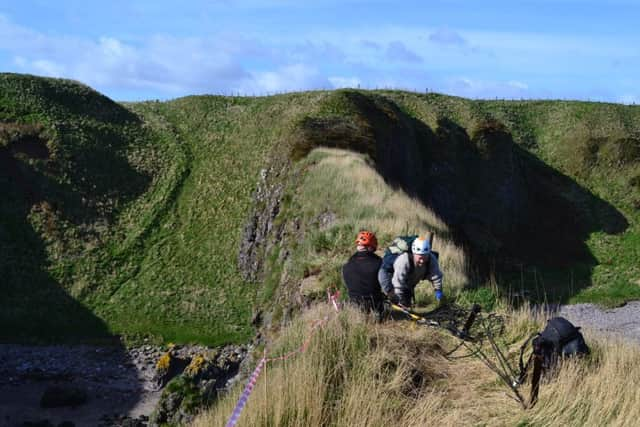

“Some of it is burnt bone, which has obviously been thrown back into the fire. Other bits were quite well preserved and so what we think we are looking at are the remnants of maybe the last meal that was had at this hearth.”
Ms MacIver said it was “amazingly exciting” to put humans at Dunnicaer in this way.
“People haven’t been excavating here before so its really a chance to discover stuff about this site for this first time. We have a real chance to explore how they would have lived,” she said.
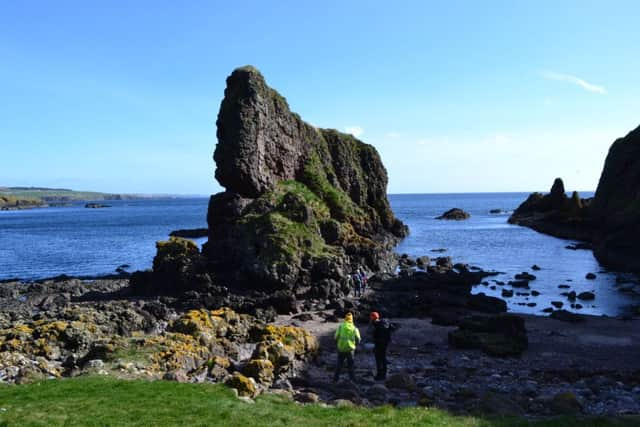

A Pictish presence at Dunnicaer was first discovered in the 1830s when a group of boys from Stonehaven were told of a local gravedigger’s recurring dream that gold was buried there.
They scaled the stack but instead of gold found a number of decorated stones. While seemingly of little use or value, they tossed them over the site.
Advertisement
Hide AdAdvertisement
Hide AdAt least five were recovered and are by comparison far more simple Pictish stones than later examples.
One features a salmon with a dot in a triangle over its head while another features a flower, a mirror and a comb.
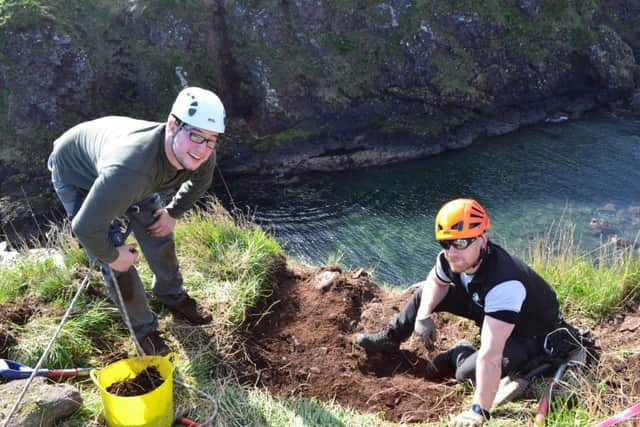

Dr Gordon Noble, head of archaeology at Aberdeen University, said: “They have always been considered a bit weird as they look quite simple and quite roughly carved compared to some of the beautiful examples you will see. They are always thought to be either slightly odd or just really early examples. Very few people have been to visit the sea stacks since the 1830s.
Dr Noble said he believes the site was a Pictish powerbase, possibly for a King, and that it was “built to be seen”.
He added: “A lot of resource has gone into this site. Part of being a follower to a King is you have to give labour to a King.”
It is believed that Dunnicaer predates a later Pictish site at Dunnottar, around half a mile to the south, by around 200 years.
On Dunnicaer being the oldest site, he added: “We have historical references to the Picts from 297 AD which slightly predates Dunnicaer. However, we have these symbol stones that become a key part of Pictish material cultural and these fortified centres are absolutely key to Pictish power and kingly power. So this is definitely right at the start of the sequence.”
Advertisement
Hide AdAdvertisement
Hide AdPieces of Roman Samian pottery, glass and some burnishing stones, which would suggest craft activities such as metal working - generally connected to those of high statues - have also been found.
Further analysis will be carried out on all finds with a map of the fort and its buildings to be created.Dr Noble said: “The findings are incredibly rare. I have been doing this for years but there is that quite magical connection to the past that really fascinates and drives you on.” even when its a really windy day and you don’t want to keep going. Basically, people were living in this house we can see in front of us, 1600 or 1700 years ago and that is really quite amazing to think that.”